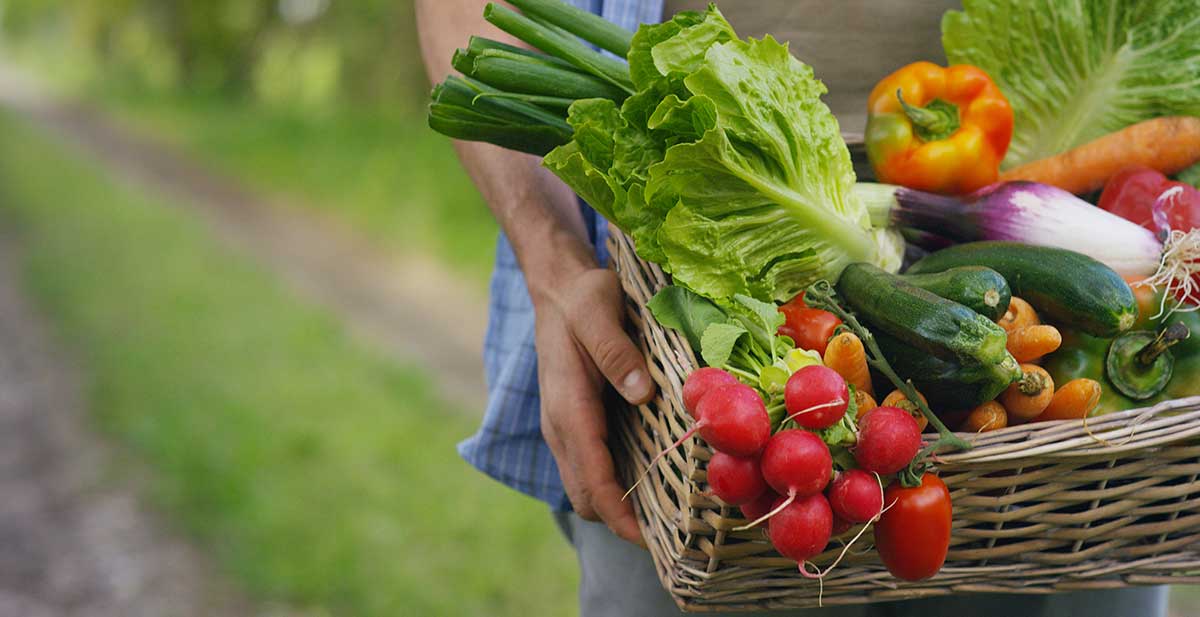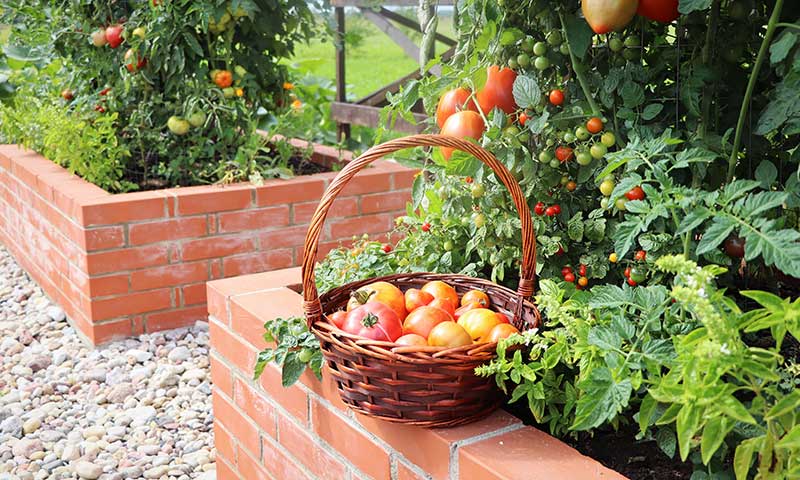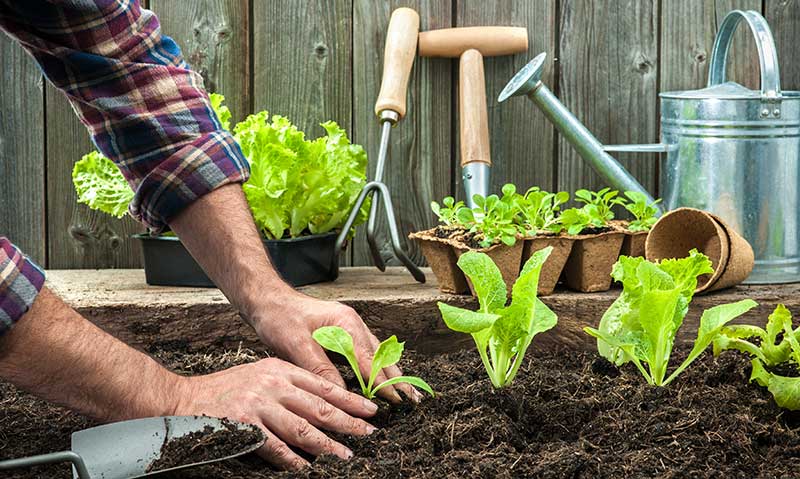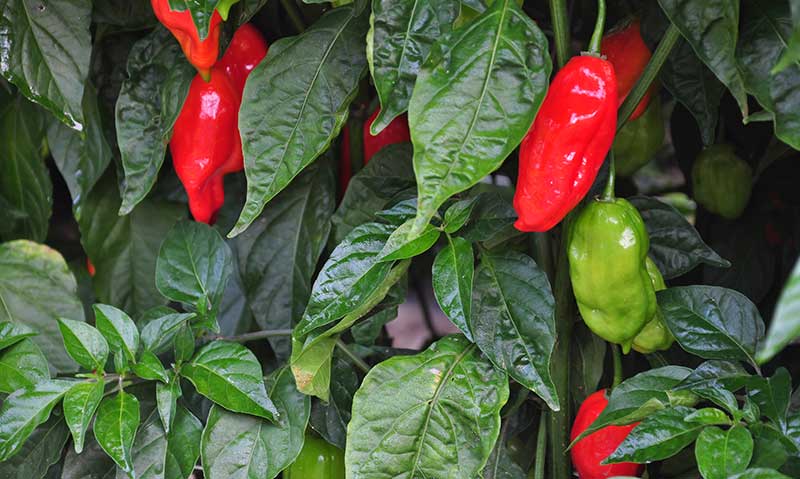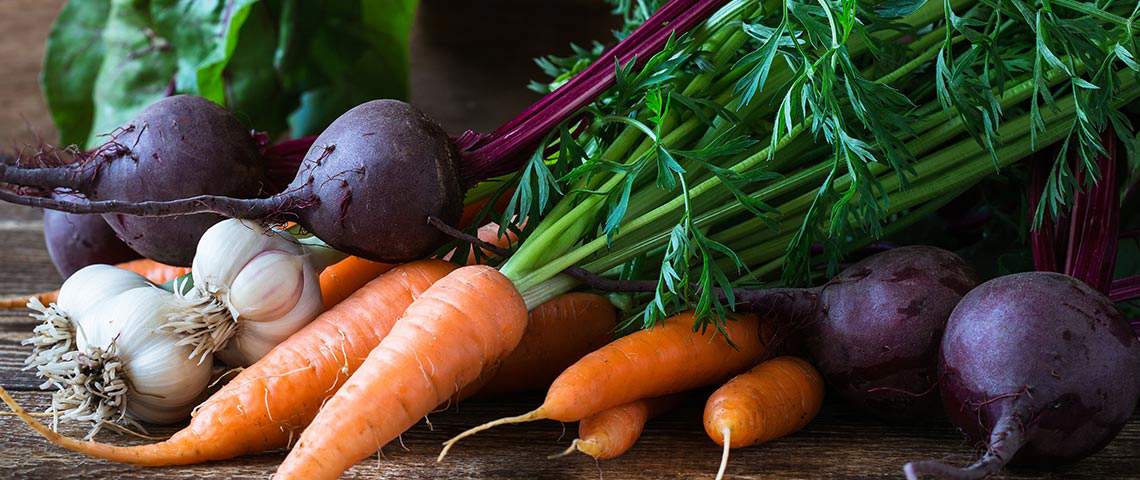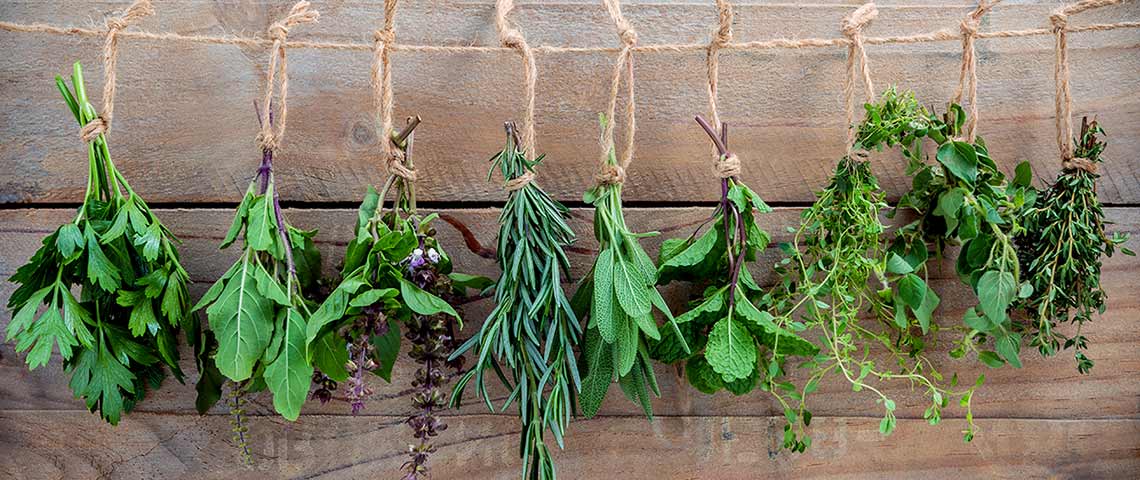How to Grow Tasty Homegrown Vegetables
Ever popped a sun-warmed cherry tomato into your mouth straight from the vine? If not, you're way overdue. Growing your own vegetables and fruits throws the door open to tastes, textures and aromas you can't find at the market. (No, not even that farmers market downtown.) So don't put it off. You can have your own version of farm-to-table happening at your house.
- How to Choose Your Garden Type
- How to Pick a Vegetable Garden Site
- How to Prepare Vegetable Garden Soil
- How to Plant Your Vegetable Garden
- How to Care for Your Vegetable Garden
Raised beds overcome soil limitations and simplify garden care.
How to Choose Your Garden Type
Some people think a vegetable garden needs lots of room. Forget that idea. There are plenty of options to suit yards and dreams of every size. You can start a vegetable garden just about anywhere with one of these three garden types: in-ground, raised beds or container.
If lawn alternatives and diverse plantings sound good, in-ground gardens are a great choice. Vegetable roots can run as deep and wide as they want, and rambling plants (think homegrown jack-o'-lanterns) have plenty of room. If your fur babies like to dig, consider a short fence.
Raised beds, which sit on top of the ground, let you choose your own soil and what goes in it. They also accentuate your garden style. Wood, metal, bricks — any plant-friendly, untreated material works for the sides. (And take it from us, elevated gardens are easier to plant, weed and harvest.)
Containers with good drainage and root room suit most veggies just fine. A pot at least 10 inches wide and 12 inches deep is best for starters, but bigger is better when it comes to harvests. Want to mix and match in one pot? Go ahead. Just give everybody room to thrive.
How to Pick a Vegetable Garden Site
"Location is everything." Remember that saying? Well, for vegetable gardening, it turns out that's kind of true. Don't limit yourself to the backyard; veggies look great out front. If you're after gorgeous, productive plants and awe-inducing harvests, pick a garden location with these things in mind:
- Sunlight. Most fruit-bearing vegetable plants flourish with eight or more hours of daily sun, including tomatoes, peppers and eggplants. Pollinators also prefer sun-drenched flowers — and without pollination, flowers don't produce fruit. So don't skimp on the rays. For lettuces, less intense morning sun is good.
- Water. Plump tomatoes and nice, firm zucchinis depend on steady, consistent moisture. Make it easy to deal with whatever nature provides, including drought. Choose a garden site within easy reach of a water source for drip irrigation or a handy watering can and hose.
- Air. Without good air circulation, fungal leaf diseases capitalize on humidity and cramped space. Don't sandwich vegetables between buildings or plant too close to your house or garage. The best garden sites allow for air movement but still protect growing vegetables from high winds.
A vegetable garden connects you with your food and your earth.
How to Prepare Vegetable Garden Soil
If you're growing in raised beds or containers, prepping soil for vegetables is simple: Fill your container with Pennington Rejuvenate Premium All Purpose Potting Soil Mix, and you're good to go. With ingredients like earthworm castings, bio-stimulants, sustainably sourced peat and water-holding crystals, you can nurture your plants with essential nutrients and make the most of the water and nutrients you use.
If you're planting an in-ground garden, it's still simple. So don't skip on soil prep. A foundation of nourishing, nutrient-rich soil pays off in produce. If this is your home's first in-ground garden, be prepared for a few warm fuzzies. There's nothing quite like connecting face-to-face with your own slice of earth.
Pennington Rejuvenate Natural & Organic Garden Soil Mix is formulated to improve native soil health and soil structure and revitalize your soil. Essential plant nutrients, earthworm castings, bio-stimulants and sustainably sourced peat work in harmony with nature to enhance soil nutrients, improve water and nutrient retention, and improve nutrient uptake for your veggies.
To nurture your roots and theirs, layer 3 inches of Pennington Rejuvenate Natural & Organic Garden Soil Mix on top of your native garden soil. Then mix it down into the top 6 inches of your in-ground garden bed.
To give your soil environment a bonus, mix in Pennington Rejuvenate Plant Food All-Purpose 4-4-4 or Pennington Rejuvenate Plant Food Tomato & Vegetable 4-5-4 along with your soil mix. Just follow the label instructions for the right amount of fertilizer for your garden, and get ready for blooms and fruits unfed plants can't match.
Peppers spice up your garden and kitchen with color and heat.
How to Plant Your Vegetable Garden
One of the best parts of growing your own food is deciding what to grow. Between live plant options and organic vegetable seeds, the sky's the limit. You can play your salsa safe with sweet peppers and jalapenos or sweat it out with habaneros instead. For tomatoes, choose your colors from yellow to purple to red.
Cool-season veggies like dinosaur kale go in spring's cool ground from seed. But other vegetables need more time and warmth. You may not realize tomatoes and melons are tropicals, just like your favorite Monstera. Start their seeds early indoors or buy live plants ready to roll when soil and air warm up.
When planting, seed packets, plant tags and our website are your best friends. Our organic seed packets and online information tell you when and how to plant in your region, including depth and spacing — and how long you'll wait for sprouts and your first taste. Be sure and scan the QR code. Bonus inspo and info await.
Remember, this is your garden. Be as unconventional — or traditional — as you want to be. Line rainbow carrots in straight rows, or get dramatic with swirls of herbs and leafy greens. Whatever you say goes.
How to Care for Your Vegetable Garden
While you wait for homegrown treats to hit your table, get to know your plants and their needs. Vegetable gardens do best with about 1 inch of water per week. If rain provides it, great. If not, make sure you do. Target the soil at the base of your plants, not the plant leaves. Water early in the day so sunshine dries any wet leaves.
Vegetables are big eaters. For bigger, better harvests than unfed plants, feed your garden every one to two months. Pennington Rejuvenate Plant Food Tomato & Vegetable 4-5-4 provides a special blend just for gardens like yours. It'll revitalize your soil with essential nutrients and improve nutrient and water uptake to help your garden look and grow its best.
Slugs and snails have insatiable appetites for tender young plants and sweet, soft fruits, so be on the lookout for their slimy trails. Put an immediate end to their feeding with Corry's Slug & Snail Killer ready-to-use pellets, designed with fruit and vegetable gardens in mind.
If other pests and diseases — like mites, powdery mildew or leaf spot — come your way, Sevin Sulfur Dust delivers two-in-one disease and insect control and won't harm plants or blooms. Dust the leaves lightly, let the dust settle and your garden's ready for friends and family again.
At Pennington, we know the feeling that comes from growing homegrown vegetables and sharing the love. We've been helping yard and garden dreams come true since 1945, and we're here for you, too. So go ahead and get started. Your yard's been waiting for you.
Always read product labels thoroughly and follow instructions.

